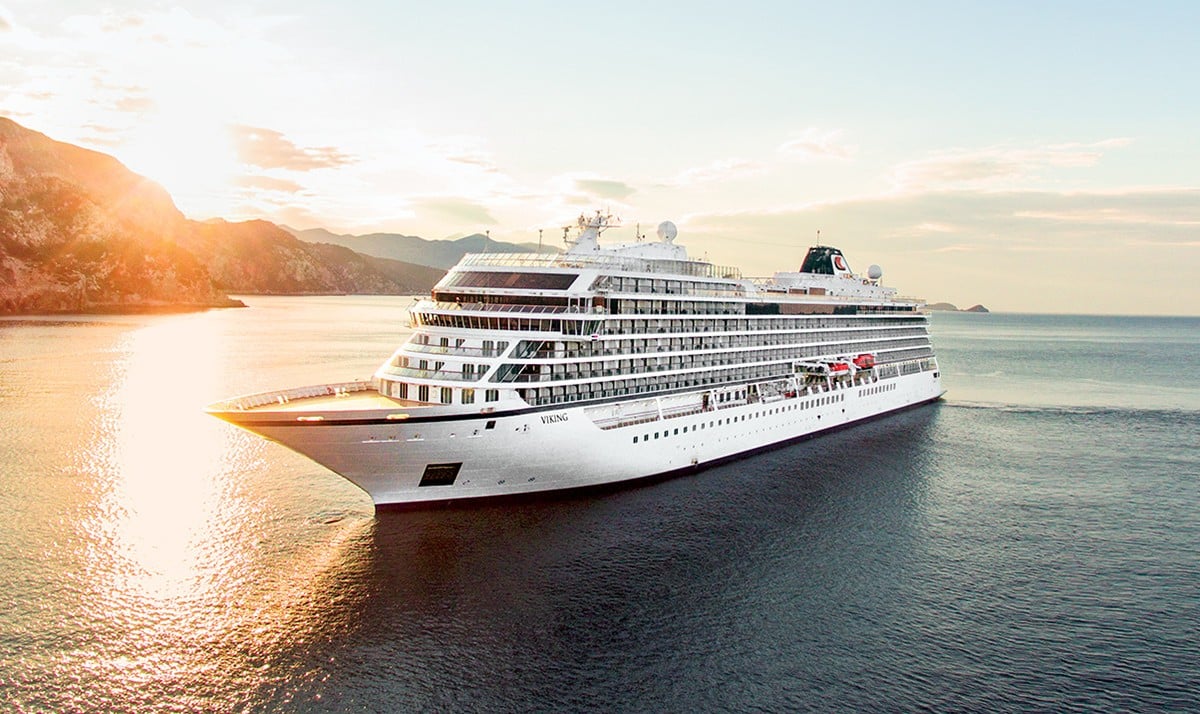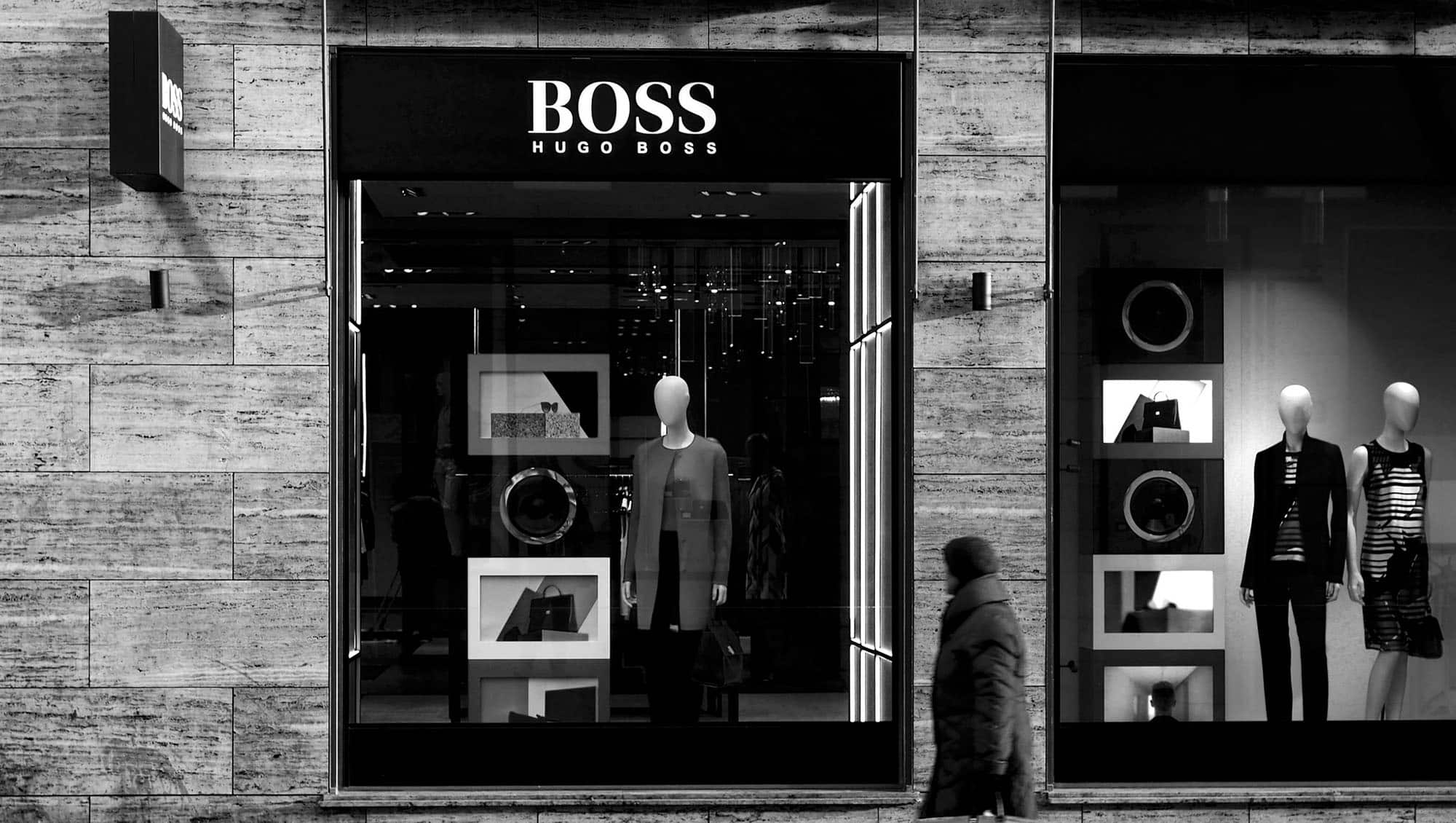[vc_row njt-role=”people-in-the-roles” njt-role-user-roles=”administrator,editor,author,armember”][vc_column][vc_column_text]
According to a Market.us study, the global luxury travel market size is expected to exceed $2.760 trillion by 2032, growing at a CAGR of 7.8% between 2023 and 2032. Find out more about the industry’s key geographies, players and trends.
A new report from Market.us offers an interesting view of the global luxury travel market. Valued at more than $1,328 billion in 2022, it is expected to exceed $2,760 billion by 2032, growing at a CAGR of 7.8 percent between 2023 and 2032.
The market was hit hard by the COVID-19 pandemic due to travel restrictions. Many economies depend on luxury travel. But since the borders have reopened, the industry is once again being driven by the increasing number of elite travelers seeking new destinations and unforgettable experiences.
Several factors are driving the growth of the industry. These include increased disposable income, the expansion of air travel and the emergence of new destinations and services. Social networks are also playing a significant role in the growth of the luxury travel industry. The ability to share experiences is encouraging more tourists to travel to certain locations.
While luxury cruises and expeditions constitute the largest share of the global luxury travel market, this segment is still expected to dominate the period 2023-2032. As luxury cruise ships become increasingly popular, their number is expected to triple during this decade.
Attractive hubs
Europe has the largest share of the luxury travel market, accounting for 33.8% of its revenues. This market is driven by quality food and wine, personalized service, reliable transportation, security measures, entertainment, professional staff and political stability. Its museums and historical sites make it a popular destination. Asia-Pacific (APAC) ranks second because of its significant investment in adventure and culinary tourism. Finally, North America is in third place. This region has the largest number of travel industries and luxury hotels.
The Middle East and Africa (MEA), APAC and Latin America will experience a significant growth rate by 2032.
The cruise market is experiencing strong growth due to new concepts, exotic destinations, and onboard and offboard entertainment.
Millennials, the main players in luxury travel
The majority of the world’s travelers are millennials, people born between the early 1980s and the late 1990s. These ambitious, affluent young people typically have few or no family responsibilities. In 2022, millennials accounted for 39.4% of total luxury travel market revenue in North America, and 28% in Europe. This demographic prefers short trips, primarily to countries rich in cultural traditions, and spends an average of $527 per day. They travel for local shopping, but also for honeymoon and romantic trips.
There is also a growing share of the “new rich” in the luxury travel market. They typically take five business and leisure trips per year, due to their high purchasing power and ability to afford exceptional travel.
Two main trends
Luxury tourism is divided between two trends. On the one hand, customers are attracted to 5-star hotels that offer technological amenities, such as Wi-Fi and smart bathrooms. But on the other hand, they may also opt for a nature-based lifestyle in environmentally friendly establishments. So hotel owners are focusing more on services that meet this standard.
Marriott International, for example, announced in August 2019 that it would eliminate single-use bath gels, shampoos and packaging bottles at all of its properties worldwide. The company’s goal is to reduce plastic consumption by 30 percent by eliminating these small bottles. Luxury travel expert Five Star Alliance has listed a number of environmentally friendly luxury hotels around the world. These include the Banyan Tree Bintan in Indonesia, the Four Seasons Vancouver in Canada, the Shangri-La Hotel in Bangkok, Thailand, the Hyatt at Olive 8 in the United States and the Oberoi Vanyavilas in India. These hotels are listed based on several factors, including recruitment of local labor, use of local materials and sustainable business practices.
Read also >Saudi Arabia: the new Eldorado of luxury tourism?
Featured photo : © Press [/vc_column_text][/vc_column][/vc_row][vc_row njt-role=”not-logged-in”][vc_column][vc_column_text]
According to a Market.us study, the global luxury travel market size is expected to exceed $2.760 trillion by 2032, growing at a CAGR of 7.8% between 2023 and 2032. Find out more about the industry’s key geographies, players and trends.
A new report from Market.us offers an interesting view of the global luxury travel market. Valued at more than $1,328 billion in 2022, it is expected to exceed $2,760 billion by 2032, growing at a CAGR of 7.8 percent between 2023 and 2032.
The market was hit hard by the COVID-19 pandemic due to travel restrictions. Many economies depend on luxury travel. But since the borders have reopened, the industry is once again being driven by the increasing number of elite travelers seeking new destinations and unforgettable experiences.
Several factors are driving the growth of the industry. These include increased disposable income, the expansion of air travel and the emergence of new destinations and services. Social networks are also playing a significant role in the growth of the luxury travel industry. The ability to share experiences is encouraging more tourists to travel to certain locations.
While luxury cruises and expeditions constitute the largest share of the global luxury travel market, this segment is still expected to dominate the period 2023-2032. As luxury cruise ships become increasingly popular, their number is expected to triple during this decade.
Attractive hubs
Europe has the largest share of the luxury travel market, accounting for 33.8% of its revenues. This market is driven by quality food and wine, personalized service, reliable transportation, security measures, entertainment, professional staff and political stability. Its museums and historical sites make it a popular destination. Asia-Pacific (APAC) ranks second because of its significant investment in adventure and culinary tourism. Finally, North America is in third place. This region has the largest number of travel industries and luxury hotels.
The Middle East and Africa (MEA), APAC and Latin America will experience a significant growth rate by 2032.
The cruise market is experiencing strong growth due to new concepts, exotic destinations, and onboard and offboard entertainment.
Millennials, the main players in luxury travel
[…][/vc_column_text][vc_cta h2=”This article is reserved for subscribers.” h2_font_container=”tag:h2|font_size:16|text_align:left” h2_use_theme_fonts=”yes” h4=”Subscribe now !” h4_font_container=”tag:h2|font_size:32|text_align:left|line_height:bas” h4_use_theme_fonts=”yes” txt_align=”center” color=”black” add_button=”right” btn_title=”I SUBSCRIBE !” btn_color=”danger” btn_size=”lg” btn_align=”center” use_custom_fonts_h2=”true” use_custom_fonts_h4=”true” btn_button_block=”true” btn_custom_onclick=”true” btn_link=”url:https%3A%2F%2Ftest2023.luxus-plus.com%2Fen%2Fsubscriptions-and-newsletter-special-offer-valid-until-september-30-2020-2-2%2F”]Get unlimited access to all articles and live a new reading experience, preview contents, exclusive newsletters…
Already have an account ? Please log in.[/vc_cta][vc_column_text]Featured photo : © Press[/vc_column_text][/vc_column][/vc_row][vc_row njt-role=”people-in-the-roles” njt-role-user-roles=”subscriber,customer”][vc_column][vc_column_text]
According to a Market.us study, the global luxury travel market size is expected to exceed $2.760 trillion by 2032, growing at a CAGR of 7.8% between 2023 and 2032. Find out more about the industry’s key geographies, players and trends.
A new report from Market.us offers an interesting view of the global luxury travel market. Valued at more than $1,328 billion in 2022, it is expected to exceed $2,760 billion by 2032, growing at a CAGR of 7.8 percent between 2023 and 2032.
The market was hit hard by the COVID-19 pandemic due to travel restrictions. Many economies depend on luxury travel. But since the borders have reopened, the industry is once again being driven by the increasing number of elite travelers seeking new destinations and unforgettable experiences.
Several factors are driving the growth of the industry. These include increased disposable income, the expansion of air travel and the emergence of new destinations and services. Social networks are also playing a significant role in the growth of the luxury travel industry. The ability to share experiences is encouraging more tourists to travel to certain locations.
While luxury cruises and expeditions constitute the largest share of the global luxury travel market, this segment is still expected to dominate the period 2023-2032. As luxury cruise ships become increasingly popular, their number is expected to triple during this decade.
Attractive hubs
Europe has the largest share of the luxury travel market, accounting for 33.8% of its revenues. This market is driven by quality food and wine, personalized service, reliable transportation, security measures, entertainment, professional staff and political stability. Its museums and historical sites make it a popular destination. Asia-Pacific (APAC) ranks second because of its significant investment in adventure and culinary tourism. Finally, North America is in third place. This region has the largest number of travel industries and luxury hotels.
The Middle East and Africa (MEA), APAC and Latin America will experience a significant growth rate by 2032.
The cruise market is experiencing strong growth due to new concepts, exotic destinations, and onboard and offboard entertainment.
Millennials, the main players in luxury travel
[…][/vc_column_text][vc_cta h2=”This article is reserved for subscribers.” h2_font_container=”tag:h2|font_size:16|text_align:left” h2_use_theme_fonts=”yes” h4=”Subscribe now !” h4_font_container=”tag:h2|font_size:32|text_align:left|line_height:bas” h4_use_theme_fonts=”yes” txt_align=”center” color=”black” add_button=”right” btn_title=”I SUBSCRIBE !” btn_color=”danger” btn_size=”lg” btn_align=”center” use_custom_fonts_h2=”true” use_custom_fonts_h4=”true” btn_button_block=”true” btn_custom_onclick=”true” btn_link=”url:https%3A%2F%2Ftest2023.luxus-plus.com%2Fen%2Fsubscriptions-and-newsletter-special-offer-valid-until-september-30-2020-2-2%2F”]Get unlimited access to all articles and live a new reading experience, preview contents, exclusive newsletters…
Already have an account ? Please log in.[/vc_cta][vc_column_text]Featured photo : © Press[/vc_column_text][/vc_column][/vc_row][vc_row njt-role=”people-in-the-roles” njt-role-user-roles=”subscriber,customer”][vc_column][vc_column_text]










